Features of sinuous willow and its cultivation
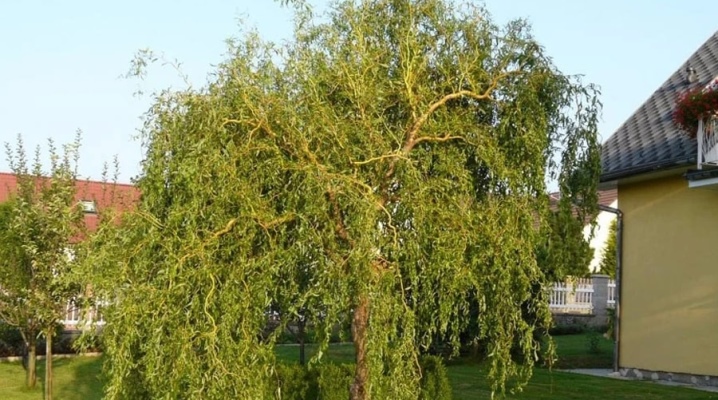
Twisting willow is one of the most popular trees for decorating sites. The plant is planted both as a tapeworm and as part of landscape compositions.
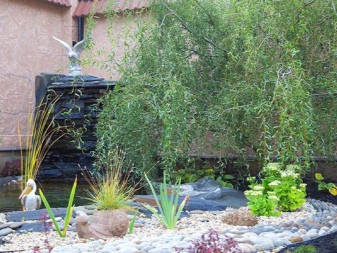
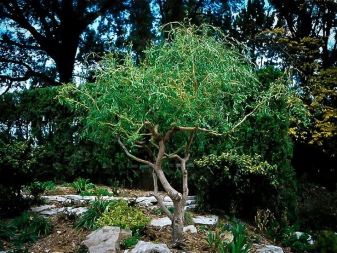
Description
The curly willow or sinuous willow belongs to the Willow family and is a frost-resistant plant with curved and thin branches. Most often, the root system of such a tree is open. Twisty willow looks great anywhere. She tolerates haircuts and is perfect for those who like to experiment with their garden.
The tree grows very quickly. During the first two years, it can increase its growth up to one and a half meters. Over the next few years, it grows 40-60 centimeters.
Distinctive features of the winding willow are twisted leaves of light green color and brown thin shoots, resembling a spiral in their shape. The willow trunk is sinuous, and the crown has an oval shape. The plant itself is quite hardy and picky, it does not require special care.
In addition, willow is valuable from an ecological point of view, as the tree has a positive effect on the environment. Healing decoctions and tinctures are also made from willow leaves.
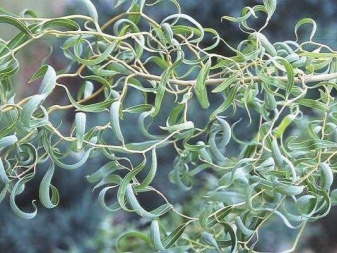
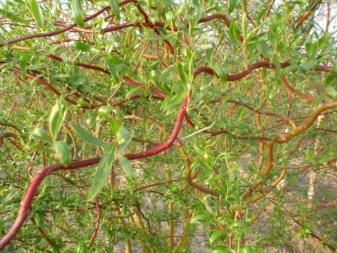
Popular varieties
There are several popular twisty willow varieties that are suitable for planting not only in home gardens, but also in parks or gardens. This beautiful climbing tree with a serpentine trunk will be a real decoration for any place.
"Erythroflexuose"
The tree can grow up to 8 meters in height. Its diameter reaches 4 meters. The crown is thick and delicate, and the leaves are up to 11 centimeters long. The graceful decorative willow Matsudan "Erythroflexuose" was grown in Japan. For this reason, she is very fond of the sun's rays. It must be planted in a place where there are no drafts and a lot of sun.
This type of tree grows very quickly. In the first year, the willow adds 1 meter in height. You can plant a tree from April to October. However, if the root system is open, this should only be done in the spring.
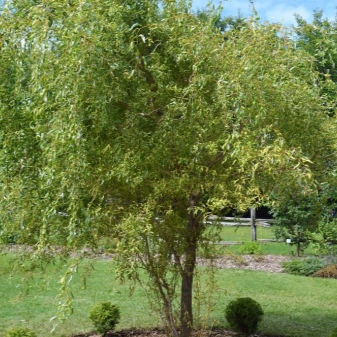
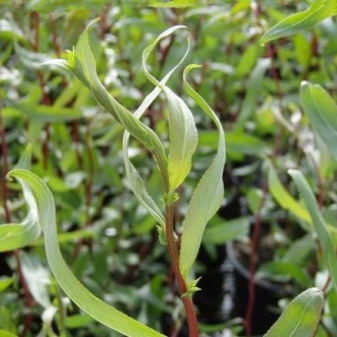
"Coral"
This hybrid willow can be either a shrub or a tree. Its height is within 4 meters. The crown of the plant is spherical and densely branched. The twisting shoots are bluish in color. A beautiful curly crown looks great even in winter.
This willow variety can be planted both in the sun and in partial shade. In terms of soil, slightly damp soils are best suited for the tree.
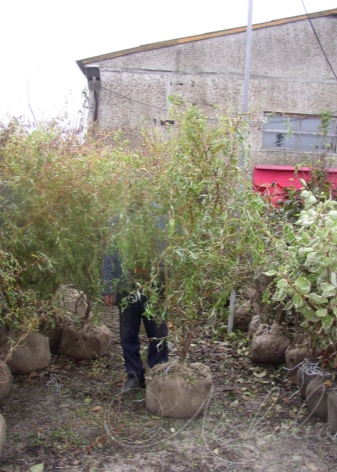
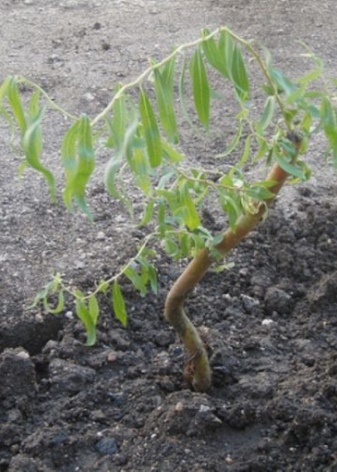
"Crispa"
This is a dwarf tree, the height of which does not exceed 2 meters. The special beauty of the Crisp willow is given by the dark green leaves, a bit reminiscent of the petals of a home decorative rose.
Such a plant is afraid of frost, but in case of damage it quickly recovers. Most often, this variety is used to form green fences or decorative labyrinths.
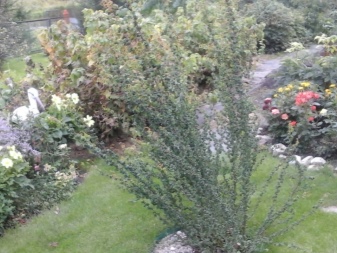
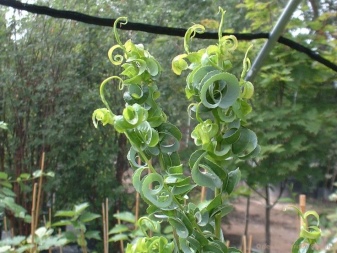
"Tortuosa"
This coiled yellow willow is also quite popular. The plant is a shrub, the size of which is no more than 2 meters in height. The branches have a golden hue and look beautiful against the background of bright green leaves.
It should be noted that “Tortuosa prefers places where there is a lot of light and warmth. She also loves constant watering.
Willow is afraid of frost, but in spring it recovers very quickly due to the fact that its root system is well developed.
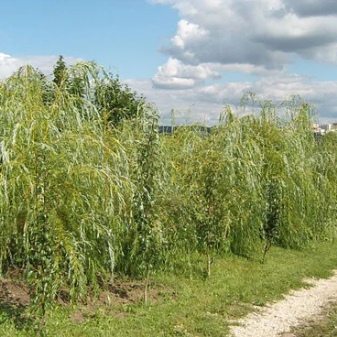
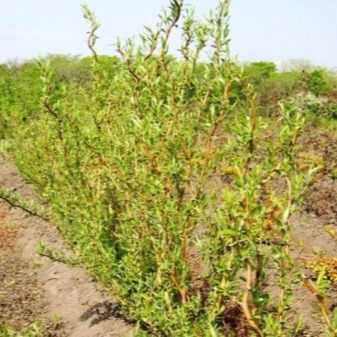
Ural twisted
This willow variety is no less attractive than the Japanese "Matsuda". However, it is more adapted to the Russian climate. The height of the tree is between 3-3.5 meters. Spiral-shaped shoots have a grayish tint, but in the sun they become glossy. Pruning can be done at any time of the year. Very often it is used as a hedge.

Landing features
Almost all twisty willows love a well-lit area. Besides, the place should be near a body of water or near groundwater. Also, for a winding willow, an area that is periodically flooded with water is perfect. Loamy soil is most suitable for such plants.
Initially, the seedlings must be well rooted and only after that they can be planted in open ground. For seedlings with an open root system, the optimal planting time is early spring or late autumn. However, if the tree is transferred to open ground along with an earthen clod, it can be planted from March to October.
The planting pit should be quite large: about half a meter in diameter and about 30 centimeters deep.
At the very bottom, you need to lay out a layer of drainage. You can use both broken brick and expanded clay. Next, it is worth filling a layer of soil mixture consisting of sand and humus. When everything is prepared, the seedling must be placed in a hole to a depth of 15 centimeters, and then watered well.
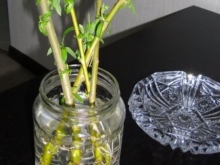

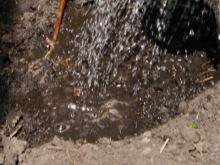
Care Tips
Such plants are not too demanding to care for, however, willows on a trunk are more finicky. They will need to be well covered in the winter. Fertilizers need to be applied several times a season. You can use both mineral and organic feedings.
Watering
Immediately after planting, the willow should be watered daily for one week. This will contribute to the emergence of new roots, and the rapid survival of the seedling. After 7 days, watering can be reduced to 1 time per week, then - to 1 time per month.
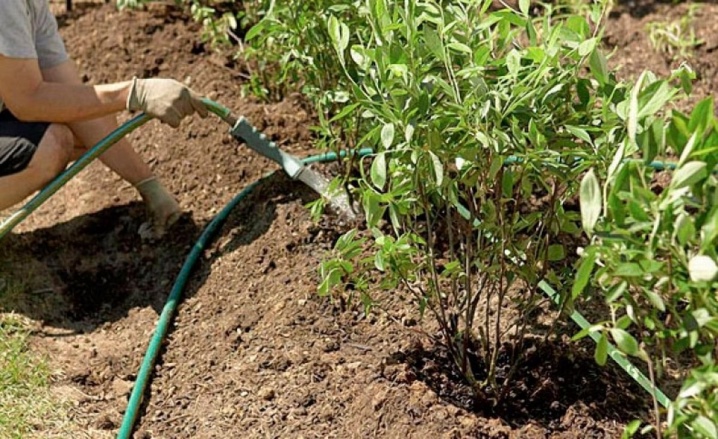
Pruning
The development and growth of the plant depends on how regularly the haircut will be carried out. In addition, the formation of the crown allows you to make the tree unique and unlike anything else. Such sculptures can become a real decoration of any personal plot or park area.
Corrective trimming of curly willows promotes the emergence of new shoots, and also significantly improves their appearance. Even if the tree is pruned just once in the spring, it will look beautiful and well-groomed throughout the year.
You can also trim the twisty willow in late fall.


Shelter and mulching
A process such as mulching is most needed by young seedlings. You can use straw, chopped bark or sawdust as mulch. They should cover the entire tree trunk circle. This will protect the willow not only from drying out, but also from the appearance of weeds.
Shelter is also required for young trees that have not quite matured after planting in open ground. It is best to use spruce branches for this. You need to start insulating trees at the end of November. In March, the shelter can be removed.
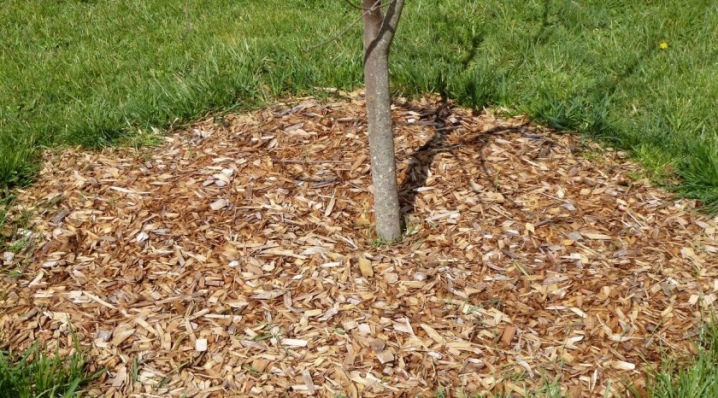
Reproduction
Twisty willow can be propagated by cuttings. To do this, you should use the stems left after cutting the tree. Finished cuttings must be placed in moist soil to a depth of 15 centimeters. After that, they need to be watered regularly. This should be done until a new root system is formed. Cuttings can be rooted both in water and in soil.
When the roots appear, the cuttings can be transplanted into open ground. It is best to carry out cuttings in the summer.
You can also use seeds for propagation, but this method is more suitable for professionals.
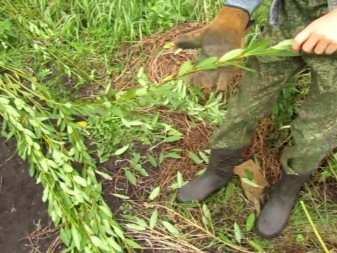
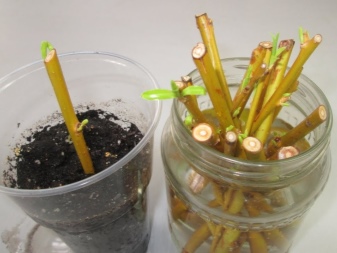
Diseases and pests
Sometimes you can see that the willow leaves turn yellow or black, and sometimes even the leaves dry. Not everyone knows what to do with it.Such a phenomenon may indicate the appearance of pests or diseases. As soon as the leaves begin to wither, you must immediately take care of the treatment of the tree. First, it is worth familiarizing yourself with possible diseases.
- Heart-shaped white rot of trunks. Tinder fungus provokes its appearance. As a result of his activity, rotted depressions appear on the trunk. You can fight rot by cutting diseased branches, as well as removing fungi.
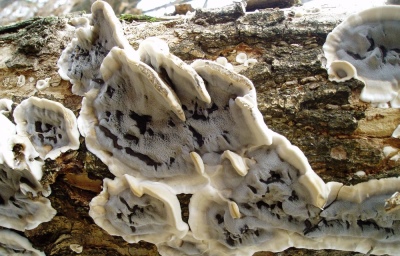
- Spotted willow leaves. There are several types of such spotting. Brown begins to appear in July. At this time, the upper part of the leaves is covered with dark specks of various shapes. To combat it, it is worth using fungicides. Black spot also appears in mid-summer. Initially, the leaves are covered with white spots, the diameter of which does not exceed 1.5 centimeters. By the end of August, black spores are formed on them, which mature only by the spring of next year. To fight the disease, the affected leaves should be collected and burned. Then the willow must be sprayed with special preparations.
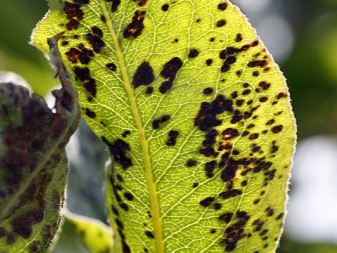

- Powdery mildew is a white bloom that forms on willow leaves. Later, it turns into black or yellow dots with spores. The causative agents of this disease are fungi. As soon as the first symptoms of this disease are detected, the willow must be immediately treated with fungicides.

- Scab is another fungal disease. It begins to spread more intensively at high humidity. Willow leaves begin to turn black, and after a certain period of time the tree throws them off altogether. In order to protect the tree from such a disease, fungicides must be used.
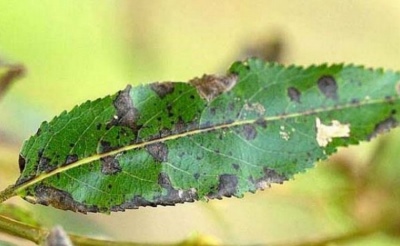
In addition to diseases, various insects can also harm willow.
- Leafworm - this is a caterpillar, which begins to roll the tops of leaves into tight cocoons. Such a pest quickly eats up the shoots, and this harms the tree.
- Common aphid Is a very dangerous insect that can give up to 10 generations a year. They suck the juice not only from the leaves, but also from the buds and young stems.
- Spider mite is located on the lower part of the leaves and also feeds on their sap. As a result, they begin to turn brown and then fall off. If you do not fight with such insects, then they will remain hibernating either under the bark of a tree or in fallen leaves.
- Mice can also damage the willow root system.
- European dodder is a parasitic plant that enters the willow root system and begins to suck out all the nutrients from it. As a result, the entire tree may die.
- Willow pancake Is a small butterfly. Insects harm the tree, so they must be destroyed.
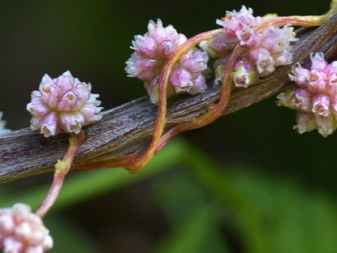

Use in landscape design
A simple plant like climbing willow is often used in the landscape. Examples of unusual compositions can be seen not only in suburban areas, but also in gardens, parks, sanatoriums and other public places.
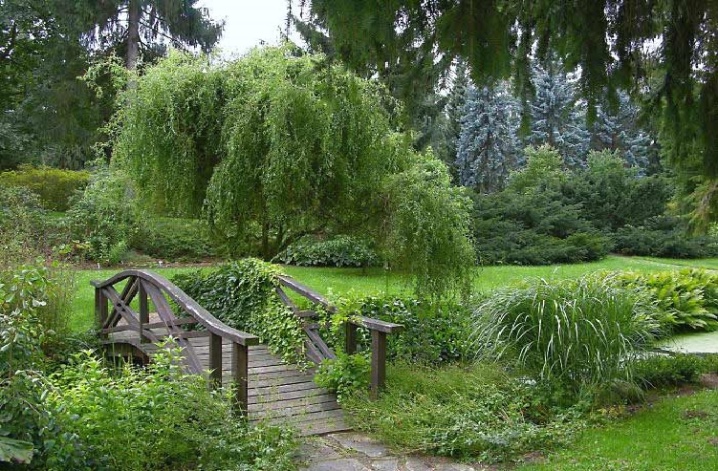
Most often, willows are planted as living fences. They will look great near artificial reservoirs. In this case, the tree will additionally strengthen the bank of the reservoir.

Very often, willow is used to create living arches or in the construction of gazebos. Beautiful living tunnels can be made of them. It is enough just to plant the branches of this plant next to the desired structure, and in a year you will get an original natural structure.
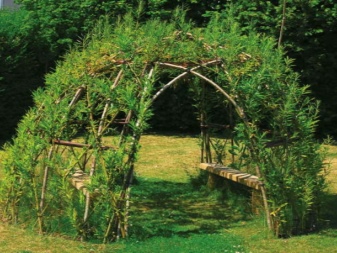
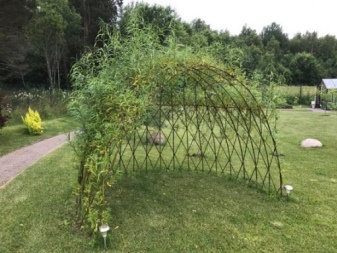
A beautiful way to trim sinuous willow is shown in the following video.



































































The comment was sent successfully.